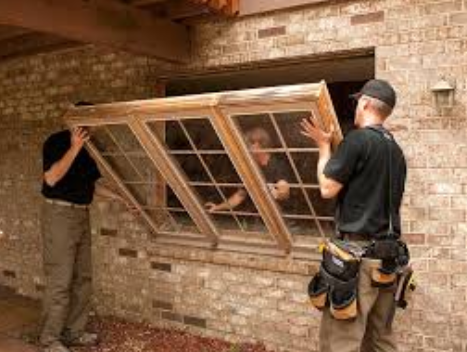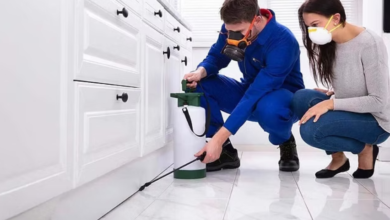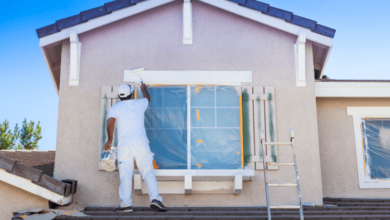Do’s and Don’ts of Replacing Windows in Older Homes

Replacing windows in older homes can be a rewarding upgrade that improves energy efficiency, preserves charm, and enhances comfort. However, it’s not as straightforward as swapping out old glass for new. Older homes often come with unique challenges—think non-standard window sizes, outdated framing, or historic regulations. If you want to change the windows in your home, whether it was built in the 1950s or the early 1900s, here are some important things you should and shouldn’t do.
Do: Assess the Structure Carefully
Before diving into the project, have a thorough inspection done. Check for signs of rot, structural damage, or water infiltration around your window frames. Frames in older homes may need to be adjusted because they may have settled over time and become misaligned or twisted. It’s vital to correct these issues first so the new windows can be properly installed and sealed.
Don’t: Assume All Windows Are Standard Sizes
One of the biggest mistakes homeowners make is assuming that replacement windows will be a simple plug-and-play operation. In older homes, window sizes are often custom or slightly off from modern standards. Measuring accurately and possibly opting for custom-made replacements may be necessary to avoid gaps or improper fitting.
Do: Preserve the Architectural Character
Windows are a significant design element in older homes. Choosing styles that match the existing character, such as double-hung windows, divided light panes, or wood trims, helps retain aesthetic integrity. Many reputable providers, including your local window company, Calgary, offer options that balance modern performance with traditional styling.
Don’t: Overlook Local Building Codes and Historic Guidelines
If your home is in a heritage district or governed by local preservation laws, you may need approval before replacing your windows. Some regions have strict rules about maintaining historical appearance. Always check with your municipality or heritage society to avoid fines or having to redo work.
Do: Consider Energy Efficiency
Modern windows offer vastly improved energy performance compared to old single-pane units. When selecting replacements, look for double or triple-glazed windows with Low-E coatings and insulated frames. These will make your home more comfortable all year and help you save money on heating and cooling.
Read also: Devices That Support At-Home Living
Don’t: Try to DIY Complex Installations
While it may be tempting to save money by doing the installation yourself, window replacement in older homes often involves complex carpentry, frame adjustments, and weatherproofing. Installing something wrong can cause air leaks, damage from water, or warranties to be canceled. Hiring a professional, such as an experienced window company Calgary, ensures the job is done correctly the first time.
Do: Choose the Right Frame Materials
Wood, vinyl, aluminum, and fiberglass all offer different advantages. In older homes, wood often blends best with existing trim and finishes. However, modern composites and vinyl offer excellent durability and lower maintenance. The right material depends on your home’s architecture, budget, and climate.
Don’t: Forget About Interior Finishing
Replacing a window isn’t just about the exterior look. Interior trim, paint, and wall alignment should also be considered. Older homes may have plaster walls or unique moldings that require careful handling. Plan ahead for interior repairs or finishing touches to maintain a seamless appearance.
Do: Work with a Reputable Local Company
Partnering with a local provider familiar with the quirks of older properties is a smart move. A trusted window company Calgary will understand local climate demands, building codes, and architectural trends. They can also offer tailored solutions that balance historic preservation with energy-efficient upgrades.
Final Thoughts
Replacing windows in an older home is a worthwhile investment that can improve comfort, reduce energy bills, and boost property value. But it’s not without its challenges. By respecting the original structure, investing in professional installation, and working with knowledgeable experts, you can enjoy the benefits of modern performance without sacrificing the charm of your classic home.




